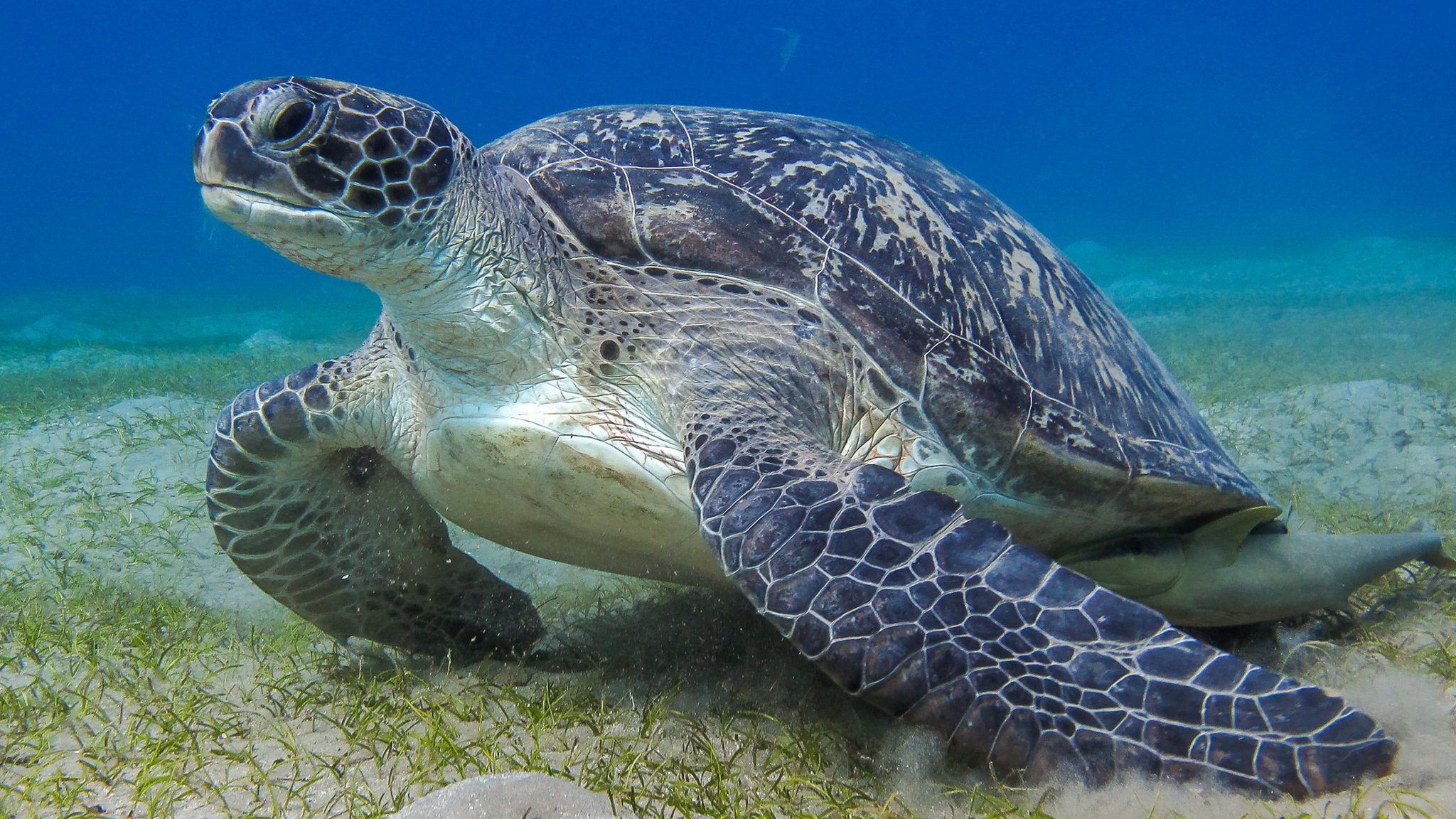Top 5 Longest Living Animals
1.Immortal Jellyfish
2.Ocean Quahog
3.Greenland Shark
4.Bowhead Whale
5.Koi Fish
5.Koi Fish

The typical lifespan for Japanese Koi is approximately 40 years, though they can live significantly longer under optimal conditions. One notable koi, named “Hanako,” reached the extraordinary age of 226 years before passing away in 1977. Researchers determined her age by examining the growth rings on her scales.
SEE Video On Youtube : https://youtube.com/watch?v=ZgpdgAizh3o%3Fsi%3D2wDTdGQdK7JSczb4
4.Bowhead Whale

Bowhead whales can live for more than 200 years, surpassing the longevity of any other mammal. Determining their age can be challenging since they inhabit the Arctic and sub-Arctic regions and often outlive the scientists who study them. One method for estimating age involves examining fragments of harpoons embedded in the blubber of caught specimens – one whale had harpoon fragments from the 1800s! Another technique uses DNA to estimate lifespan, with researchers proposing that bowhead whales can reach the impressive age of 268 years.
SEE Video On Youtube : https://youtube.com/watch?v=aAMoZbKTTPQ%3Fsi%3DPDt2brjG9AURKkNN
3.Greenland Shark

Greenland sharks live for between 300 and 500 years, making them the longest-living vertebrates. They lead a very slow-paced life, swimming at an average speed of 0.76 mph. They grow approximately a centimeter each year, and females might not reach sexual maturity until they are 100 to 150 years old – an exceptionally prolonged childhood! Despite their immense size and lengthy lifespan, these sharks have long puzzled scientists. It was only recently that a new method for estimating age was discovered, involving radiocarbon dating of the eye lens. New layers of tissue are added to the lens annually, and the amount of carbon isotope in these tissues can reveal the shark’s age.
SEE Video On Youtube : https://youtube.com/watch?v=hz2HBk5sKlc%3Fsi%3DzreWM_0QNNON78dx
2.Ocean Quahog

Ocean Quahogs are an edible clam with a remarkable lifespan. Many can live up to 400 years, and the oldest one recorded was 507 years old when it was captured off the coast of Iceland in 2006. Researchers determined its age by counting growth rings on the shell, much like aging trees. These shells provide additional information as well. The way the shells develop over time gives scientists insights into how the oceans have evolved through the years – they are living organisms and a snapshot of life in a changing world!
SEE Video On Youtube : https://youtube.com/watch?v=nm5IDE5QtiM%3Fsi%3DBZiF3FB7_aiF3d8R
1.Immortal Jellyfish

Can you imagine being immortal? Reaching an advanced age and then, instead of dying, reverting to a youthful state and starting over? For us, this is the realm of fantasy. But for the immortal jellyfish, it is reality. These fascinating creatures begin their lives as larvae, called planulae, drifting in the ocean. They then settle on the ocean floor and become stationary polyps before transforming into free-swimming medusae. So far, so typical. However, if immortal jellyfish encounter injury or stress from environmental changes, they can revert to the polyp stage and begin their lifecycle anew. They can repeat this
process indefinitely, provided they avoid becoming prey for
other animals.
SEE Video On Youtube : https://youtube.com/watch?v=Z7d5P0pDVUo%3Fsi%3D1sXwxT6Yu4MGG_hz
other blogs – https://dailynews22.com/category/nature/


